Oil price posts two-year highs - but how long can it last?
Brent rose above $59 a barrel this week, its best third-quarter showing since 2004
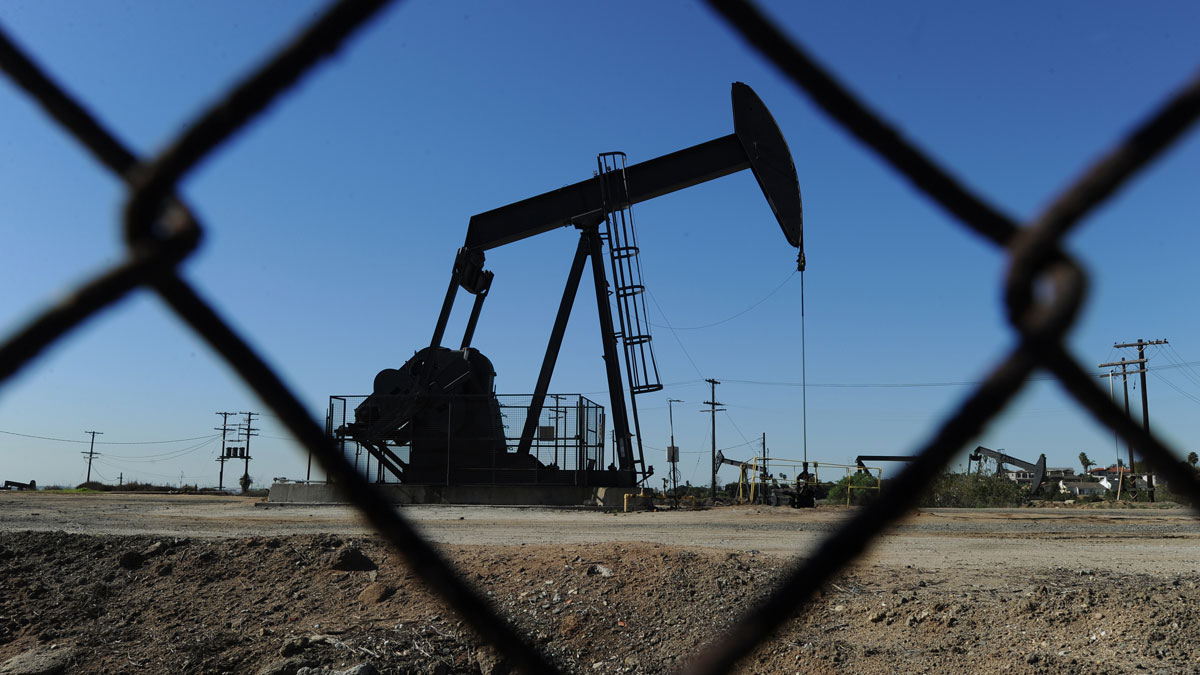
Shell profits to double after oil price rebound
30 January
Royal Dutch Shell is to "lead a comeback" for the big corporates in the energy sector this week, says the Daily Telegraph.
The Anglo-Dutch oil major's final year results for 2016, to be announced on Thursday, are expected to show "profits have more than doubled on the back of the recovering oil price".
The Week
Escape your echo chamber. Get the facts behind the news, plus analysis from multiple perspectives.

Sign up for The Week's Free Newsletters
From our morning news briefing to a weekly Good News Newsletter, get the best of The Week delivered directly to your inbox.
From our morning news briefing to a weekly Good News Newsletter, get the best of The Week delivered directly to your inbox.
Last February, at the nadir of a two-year oil price slump, when the international benchmark Brent crude dropped to $27 a barrel, Shell reported profit for the previous year of $3.8bn.
That in turn came after it posted a shock loss of $7.8bn for the third quarter of 2015, mostly due to a spate of writedowns on big investment projects.
This year, however, analysts expect the company to post a profit of $8.2bn (£6.9bn) for 2016.
"Other oil majors – BP, Exxon Mobil and Total – are expected to follow suit in the coming weeks, unveiling annual profits marking an inflection point for the industry after a brutal two-year downturn," adds the Telegraph.
A free daily email with the biggest news stories of the day – and the best features from TheWeek.com
Brent crude has rallied from the low-$40s to around $55 a barrel since last November's deal among the Opec cartel and other major oil producing nations, including Russia, to cut 1.8 million barrels a day from global output.
At the same time, analysts say the "scale of operating cost cuts since the start of the oil price correction has dramatically lowered the 'break-even' market price to $50 a barrel", reports the paper.
Jason Gammel, an oil company analyst at Jefferies, told the Telegraph "the sector would generate the same cash flow at a $72-a-barrel market as it did in 2013, when the price of oil was almost $110".
That is important because experts now widely believe environmental laws limiting oil demand could prevent prices reaching $100 again.
For this year, trading is expected to rally further from its current level, although some expect it to struggle to pass $60 due to recovering activity in the US shale oil sector, which several analysts believe could spur a correction for the oil price to back below $50 a barrel.
If BP is right, the oil price may never again hit $100
26 January
The world is swimming in oil – and will be for the next three decades, oil major BP has claimed.
Releasing its latest Energy Outlook report, the company warned demand was waning due to climate change policies and technological advances and that this would drive competition and hold prices lower, meaning oil may never recover to past highs of over $100 a barrel.
Specifically, it cited an "abundance of oil" globally: 2.5trn barrels of extractable oil have been discovered, enough "to meet the world's entire demand of oil out to 2050 twice over", it said.
This is mostly because the rate of demand growth is slowing and demand will peak in around 2040 "because of fuel efficiencies and the drive for greener energy", says The Times.
It adds that "if global action to tackle climate change was tougher, oil demand would peak earlier, possibly within the next 20 years".
Ultimately, this makes it "likely that some oil reserves will never be extracted", says the Financial Times.
That will be welcomed by climate change scientists and campaigners, who warn that fossil fuel reserves must be kept "in the ground" to prevent global temperatures rising two degrees above pre-industrial levels.
BP predicted the effect on the oil market will be to persuade low-cost producers to stop short-term "rationing" of supplies and increase market share instead.
That essentially means abandoning the policy of cutting output, currently being pursued by Opec and other producers, which will act to hold back prices.
BP said the current price range around $55 will be bettered, but that the past highs of $100 are unlikely to be reached again.
"Where in that big gap between current [prices] and $100 we end up, I will let you speculate," said Spencer Dale, BP's chief economist.
For the moment, oil prices remain trapped at that $55-a-barrel level. Trading rose marginally above that again overnight as a weaker US currency reduced the price of the dollar-denominated commodity for overseas buyers.
However, gains were capped by data from the US Energy Information Administration which showed a 2.8 million barrel increase in US crude inventories last week, says Reuters.
Oil price hit by conflicting data on stockpiles
25 January
Oil prices dipped at the end of New York trading yesterday and dropped again this morning, amid conflicting data about global stockpiles.
Brent crude, the international oil price benchmark, fell 40 cents a barrel overnight to close to $55 a barrel before sliding another one per cent in London trading today to $54.90.
Its US counterpart, West Texas Intermediate, was also down one per cent this morning to $52.65.
The decline came as the American Petroleum Institute (API) published its latest weekly data showing a higher-than-expected rise in reserves of raw crude, petrol and diesel in the US last week, says Reuters.
Rising stock levels are typically taken as a sign that demand is falling short of supply.
The oil price rose earlier after a report from Bernstein Energy revealed global stockpiles of crude oil fell by 24 million barrels in the fourth quarter of 2016 to 5.7 billion, ahead of the cut in production promised by the Opec cartel and Russia, among others. So far 1.5 million of the pledged 1.8 million barrels-per-day cut is said to have been delivered.
But global stockpiles have been rising for two years and a relatively modest fall during a season of maintenance for US refineries does not prove the market is back in balance.
As such, the API figures are seen as especially bearish due to reports of rising US production since the oil price climbed back above $50.
Trump's election could add to the negative forecasts as he's planning to open up new pipelines that could support higher US output.
Oil's next move will be defined by the release today of more comprehensive data on US stockpiles by the the Energy Information Administration (EIA).
"The API report was bearish," Tamas Varga, a senior analyst at the London brokerage PVM Oil Associates, told Reuters. "Expect more pressure on prices if the EIA shows similar numbers."
Hedge funds make record bet on rising oil price
24 January
The oil price is in "familiar territory", says Daily FX. Its fortunes have waxed and waned in the past few sessions but after a fall overnight and recovery this morning, Brent crude is still hovering around $55 a barrel.
The international oil price benchmark has been rooted at this price for several weeks now, as sentiment has stabilised following a deal to cut production by the Opec cartel and other producers, including Russia.
However, despite the lack of headline price movement, the Financial Times reports hedge funds and other institutional investors have placed a "record" bet on prices rising in the future.
"Speculators' net long position - the difference between bets on rising and falling prices… had risen to the equivalent of 820m barrels last week, meaning funds now hold paper contracts equivalent to almost nine days' global oil demand," the paper says.
In theory, that means big investors believe the supply cuts will yield a stronger rally in the months ahead.
The bet could also indirectly lead to a sharp fall in prices, however. The FT adds that investors could already be "fully invested in oil" and that their strong bullish bet increases the risk of a rush of selling if the tide begins to turn.
A negative move is possible as a result of concern over the effect of an increase in drilling activity in the US shale sector since the oil price jumped back above $50.
"Oil companies in the US added the largest number of drilling rigs in almost four years last week," says the FT.
In the immediate future, the price trend could be determined by a report from the American Petroleum Association today on US crude inventories, which will give an indication of how demand and supply are stacking up in the current market.
Daily FX says a significant movement up or down for reserves could help break the oil price "deadlock".
Oil price will fall into $30s, says the man who predicted 2014 crash
20 January
A surge in the oil price to the mid-$50s is nothing more than a "typical counter-trend rally" during a "long bear market", according to one energy fund manager.
Shawn Driscoll is not just any manager neither: he runs the T Rowe Price New Era Fund, which has assets of $3.6bn and gained 40 per cent in the past year – plus he is one of few who called the oil price's collapse two years ago.
In November 2014, when oil was trading at $80 per barrel, he warned prices would fall to $50, Market Watch says. He later correctly predicted it would drop into the $30s and even $20s.
Driscoll's only errant call was saying oil would eventually hit a low in the teens – but he maintains that will still happen in this broader cycle.
He predicts oil will remain around its current trading levels until it peaks "by the end of the first quarter, beginning of the second quarter", March or April. Then it will dive back into the $30s.
His reasoning is that "secular problems of oversupply and rising productivity, which enables producers, particularly US shale-oil companies, to pump more oil at lower prices, will depress prices… for years", says Market Watch.
There is definitely a view in the wider market that the improvement in prices will bring US shale back to the fore. Output is projected to increase in February for the first time in three months.
Bjarne Schieldrop, chief commodities analyst at SEB Markets, told Reuters that is why oil is currently rooted around $55 a barrel: supply cuts by Opec and others have set a floor at $50, but US producers are "capping upside at $60".
However, few are forecasting a sharp fall, unless Opec or Russia fail to hold up their end of promised supply reductions.
Compliance with the cuts will be tested at a meeting of the world's top oil producers this weekend, says Reuters, and a general sense of optimism on the verdict it will confer has boosted oil since mid-week.
Brent crude, the international oil price benchmark, was up one per cent this morning to $54.70 a barrel, while US counterpart West Texas Intermediate was up 1.1 per cent to $51.94.
-
 Trump’s poll collapse: can he stop the slide?
Trump’s poll collapse: can he stop the slide?Talking Point President who promised to ease cost-of-living has found that US economic woes can’t be solved ‘via executive fiat’
-
 Sudoku hard: December 7, 2025
Sudoku hard: December 7, 2025The daily hard sudoku puzzle from The Week
-
 Codeword: December 7, 2025
Codeword: December 7, 2025The daily codeword puzzle from The Week
-
 How might the Israel-Hamas war affect the global economy?
How might the Israel-Hamas war affect the global economy?Today's Big Question Regional escalation could send oil prices and inflation sky-high, sparking a worldwide recession
-
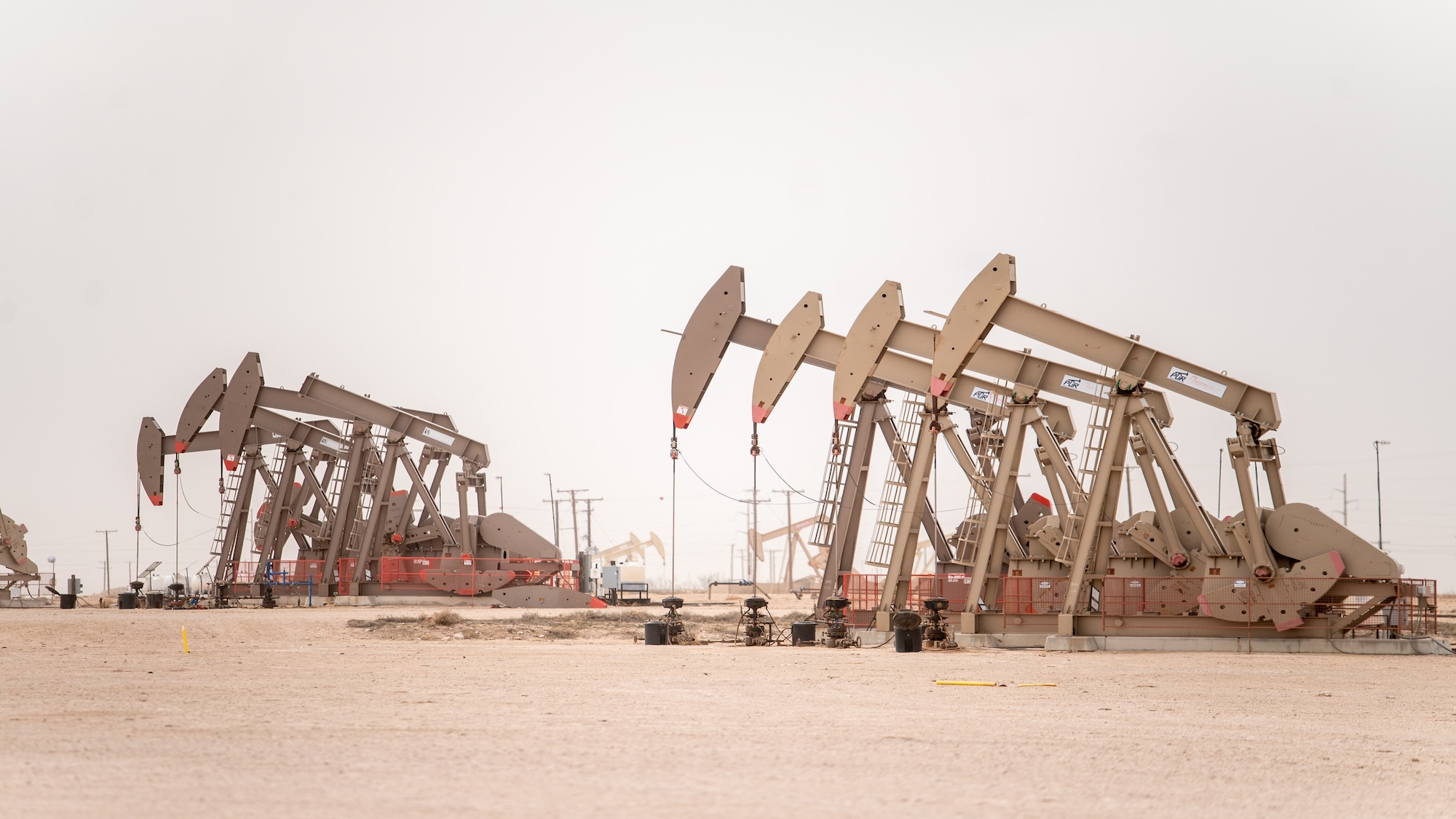 Recent mega-mergers could signal a turning point for the US oil industry
Recent mega-mergers could signal a turning point for the US oil industryTalking Point Both Chevron and Exxon have recently spent billions to acquire smaller oil companies
-
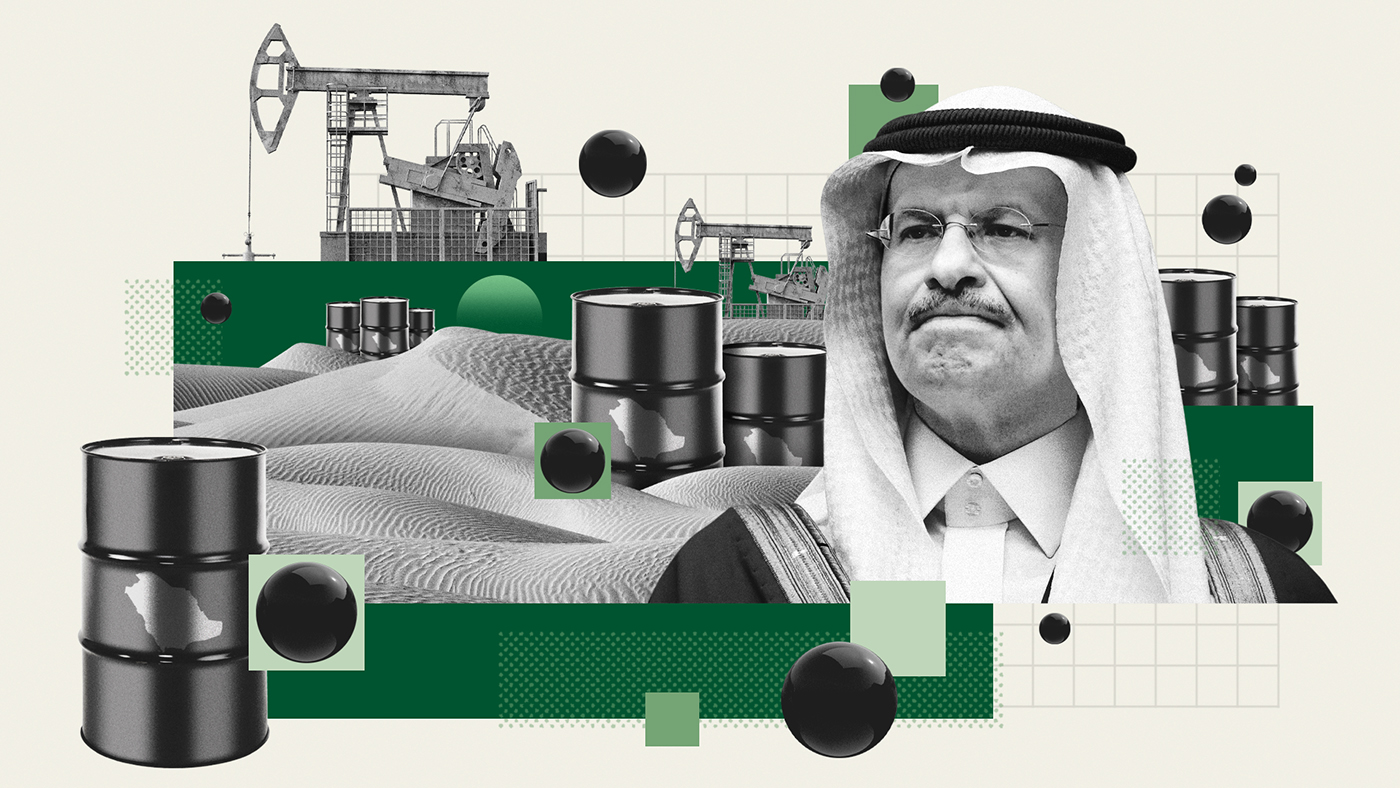 Has Saudi Arabia lost control of oil prices?
Has Saudi Arabia lost control of oil prices?Today's Big Question Kingdom goes it alone to cut production, risking tension with US and reigniting cooling inflation in Europe
-
 US angered by Opec+ oil cut
US angered by Opec+ oil cutSpeed Read Energy prices to rise further as producers slash supply by two million barrels a day
-
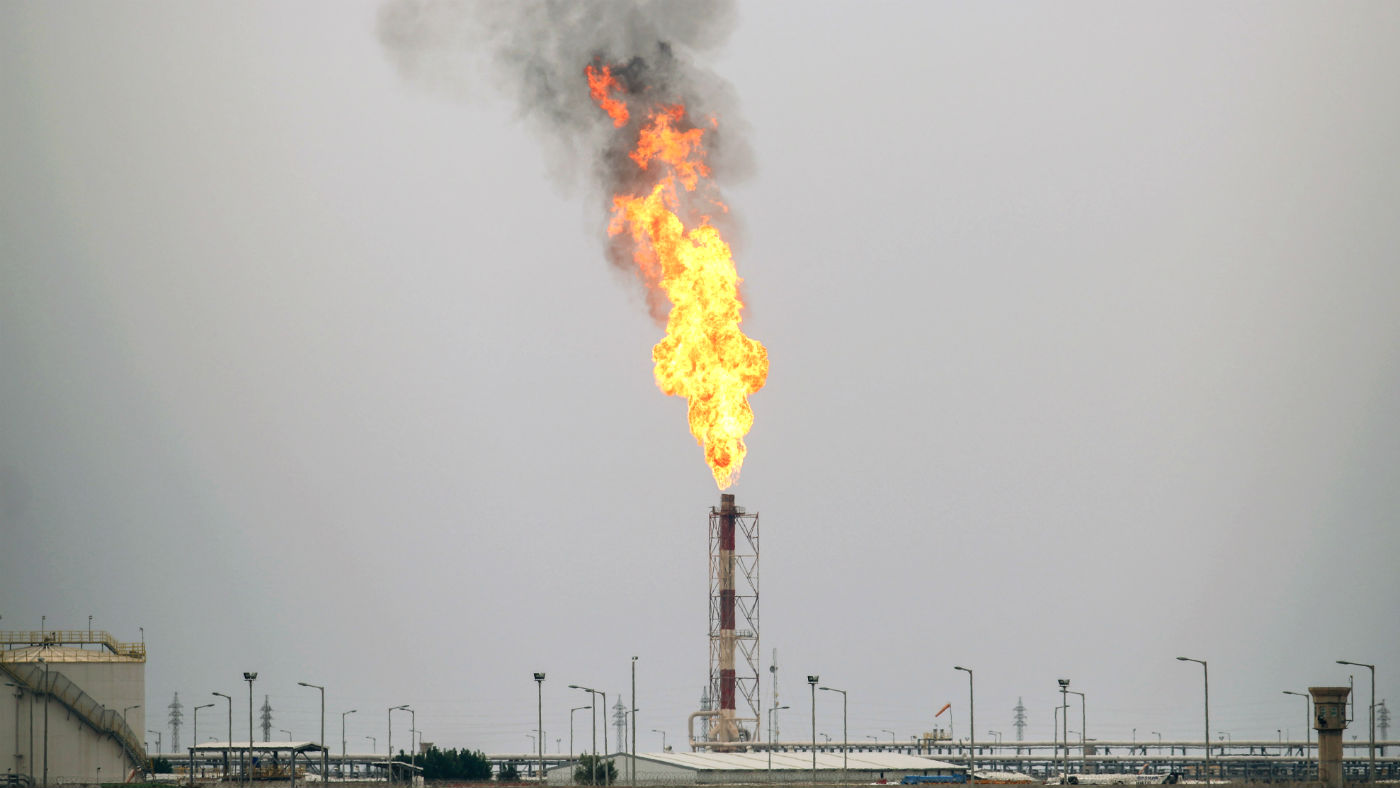 Global oil demand forecast lowered for 2020 and 2021
Global oil demand forecast lowered for 2020 and 2021Speed Read IEA report says jet fuel demand remains the major source of weakness
-
 Are US-Iran tensions flaring again?
Are US-Iran tensions flaring again?In Depth Trump threatens military action over Twitter
-
 Can a deal be struck to raise oil prices?
Can a deal be struck to raise oil prices?In Depth Opec+ will convene today over video link in a bid to boost crude
-
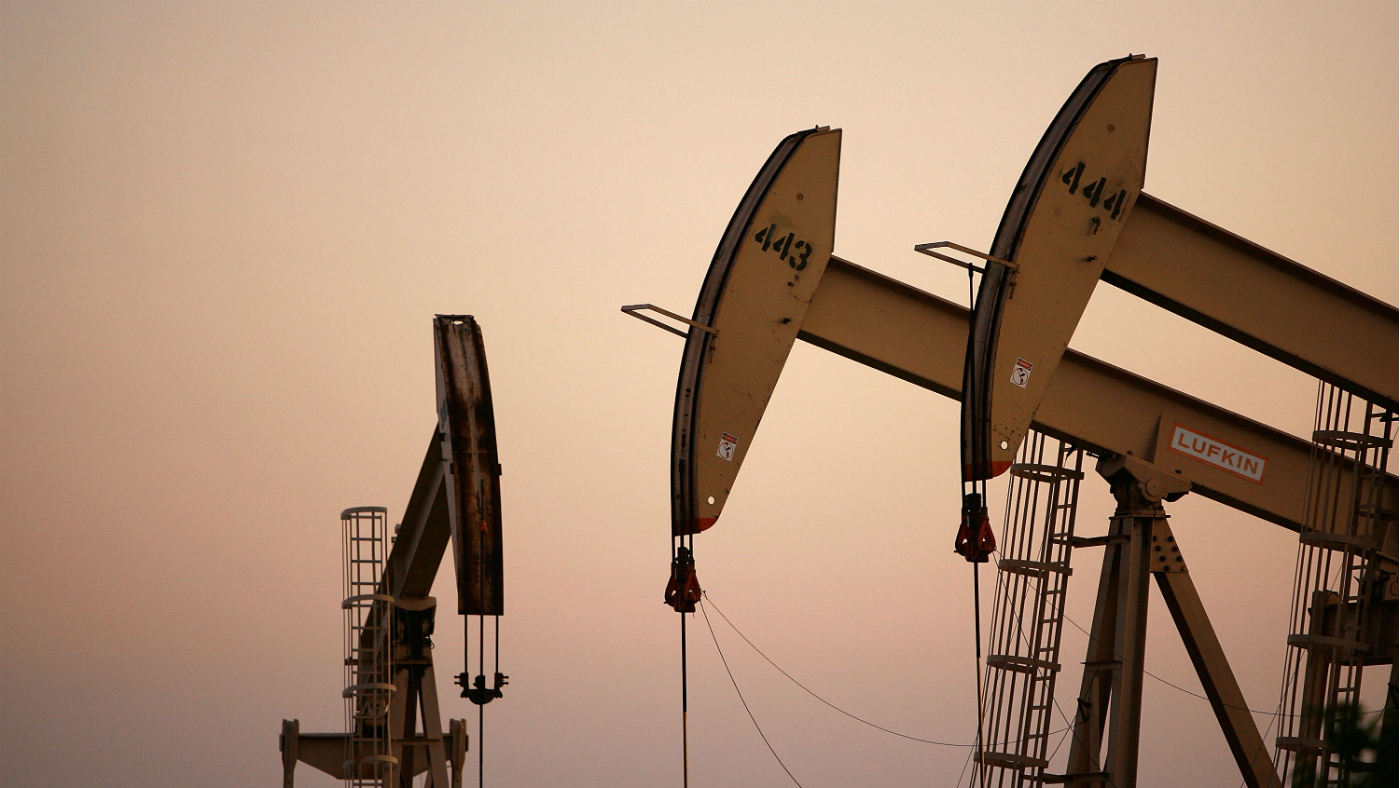 What do negative oil prices mean?
What do negative oil prices mean?In Depth Perfect storm of oversupply and storage shortages sees producers paying to get rid of US crude